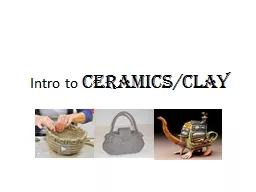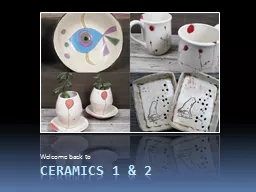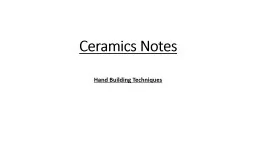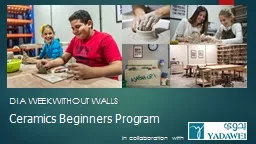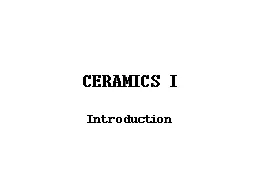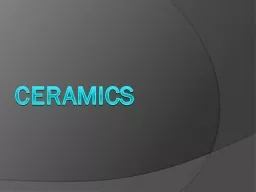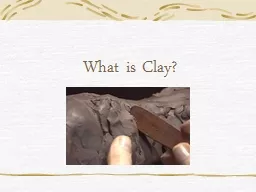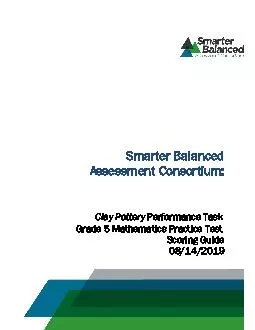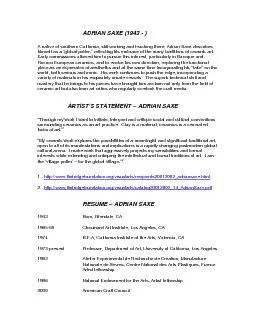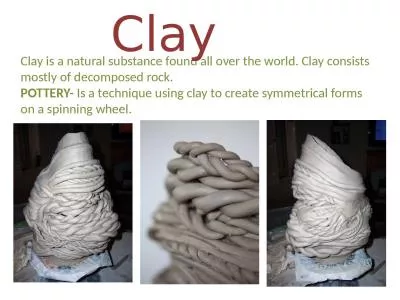PPT-Intro to Ceramics/Clay Clay Makes up 75% of the earth’s land mass!!
Author : olivia-moreira | Published Date : 2018-12-05
3 Properties that make up clay 1 Plasticity ability to form 2 Porosity ability to hold moisture Similar to a sponge 3 Vitrify ability to harden and keep its shape
Presentation Embed Code
Download Presentation
Download Presentation The PPT/PDF document "Intro to Ceramics/Clay Clay Makes up 75..." is the property of its rightful owner. Permission is granted to download and print the materials on this website for personal, non-commercial use only, and to display it on your personal computer provided you do not modify the materials and that you retain all copyright notices contained in the materials. By downloading content from our website, you accept the terms of this agreement.
Intro to Ceramics/Clay Clay Makes up 75% of the earth’s land mass!!: Transcript
Download Rules Of Document
"Intro to Ceramics/Clay Clay Makes up 75% of the earth’s land mass!!"The content belongs to its owner. You may download and print it for personal use, without modification, and keep all copyright notices. By downloading, you agree to these terms.
Related Documents

